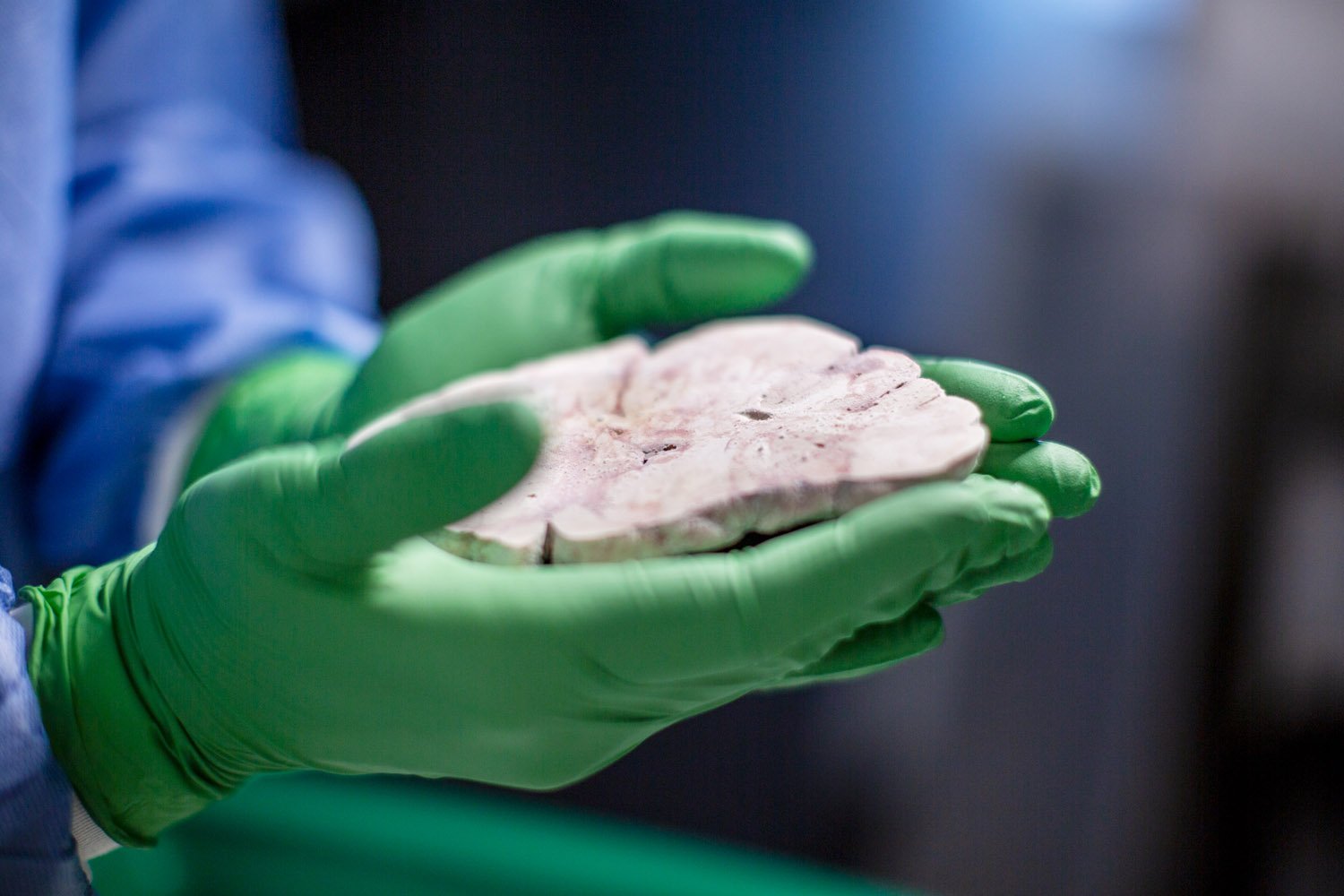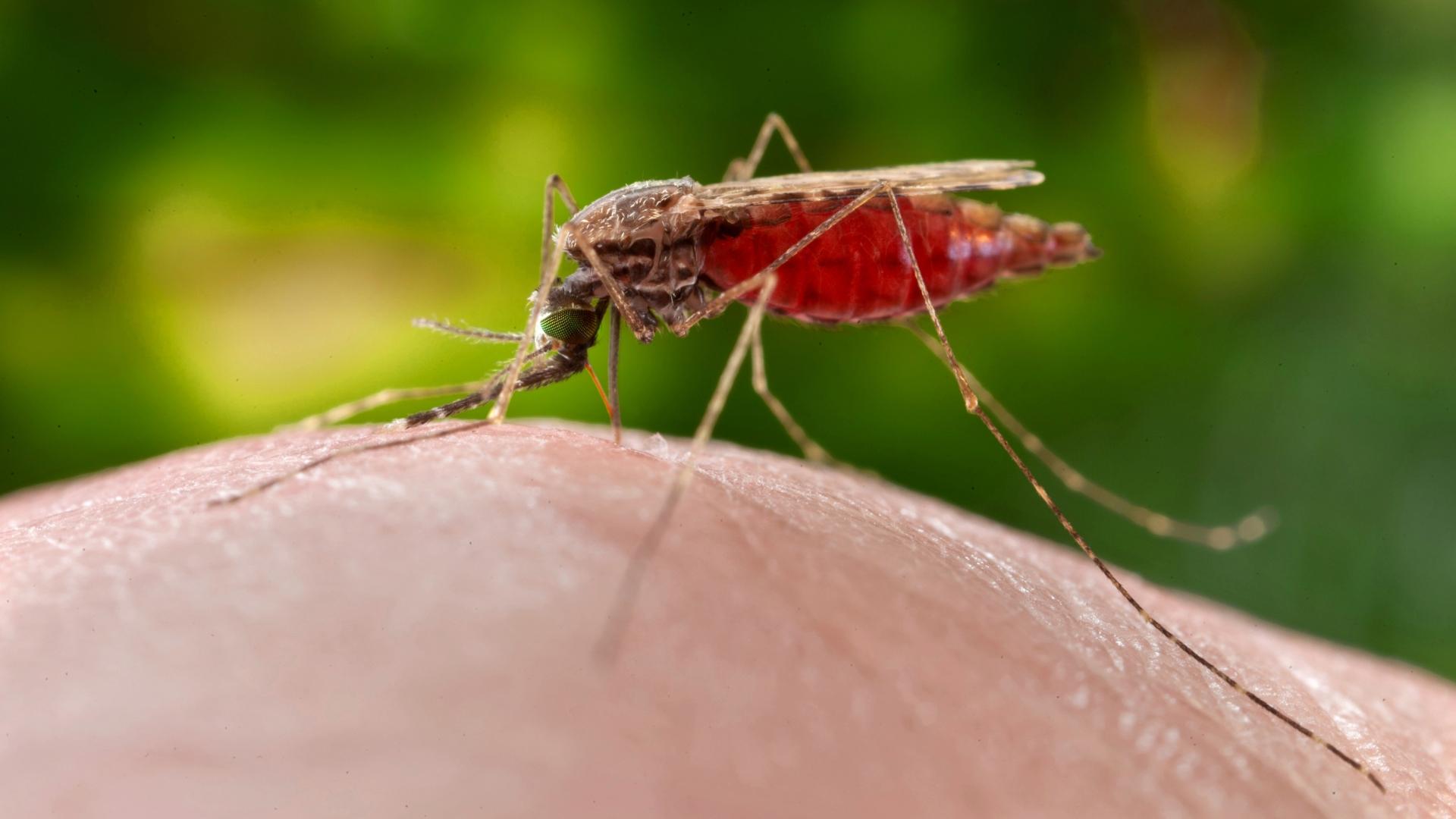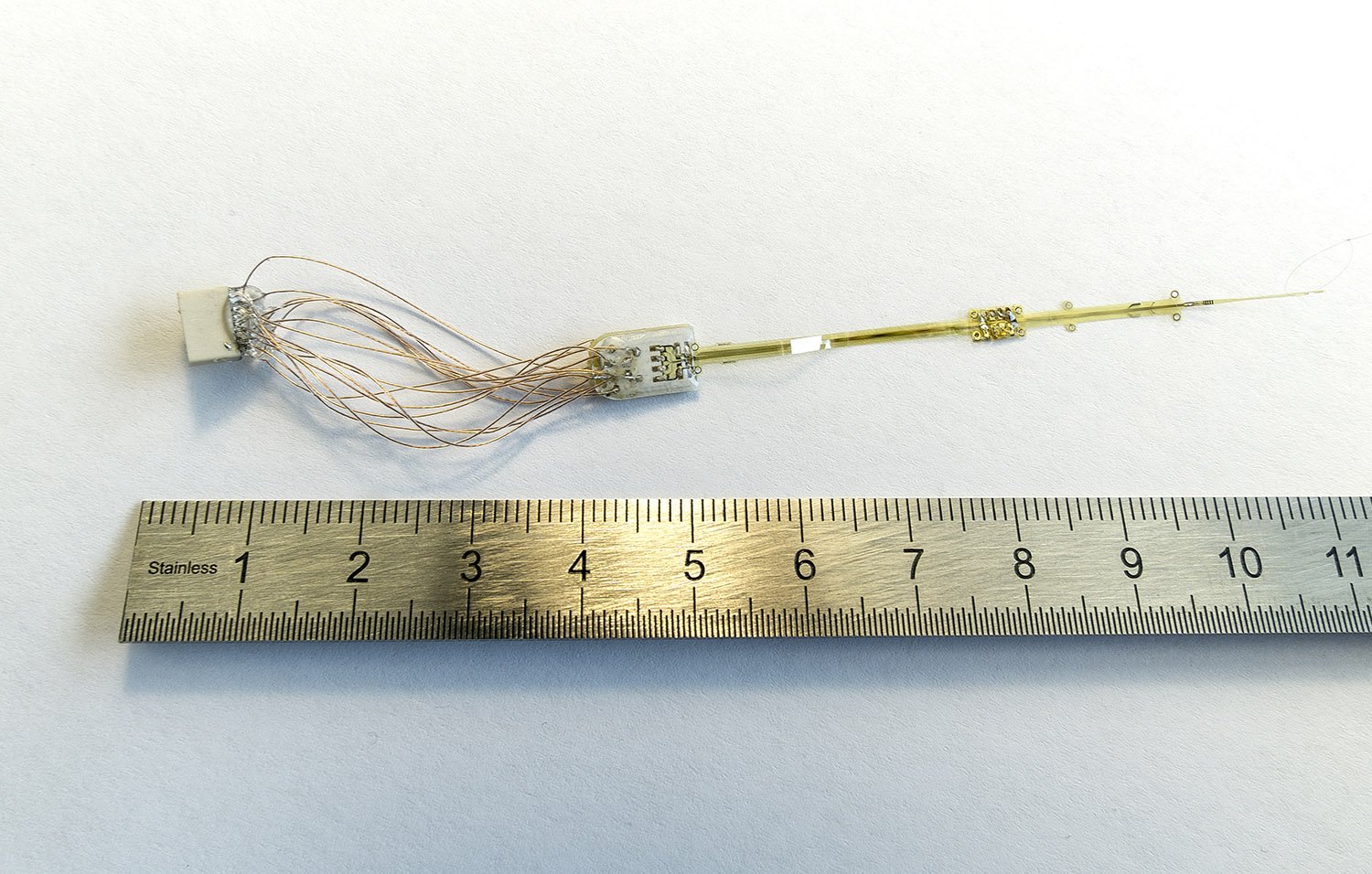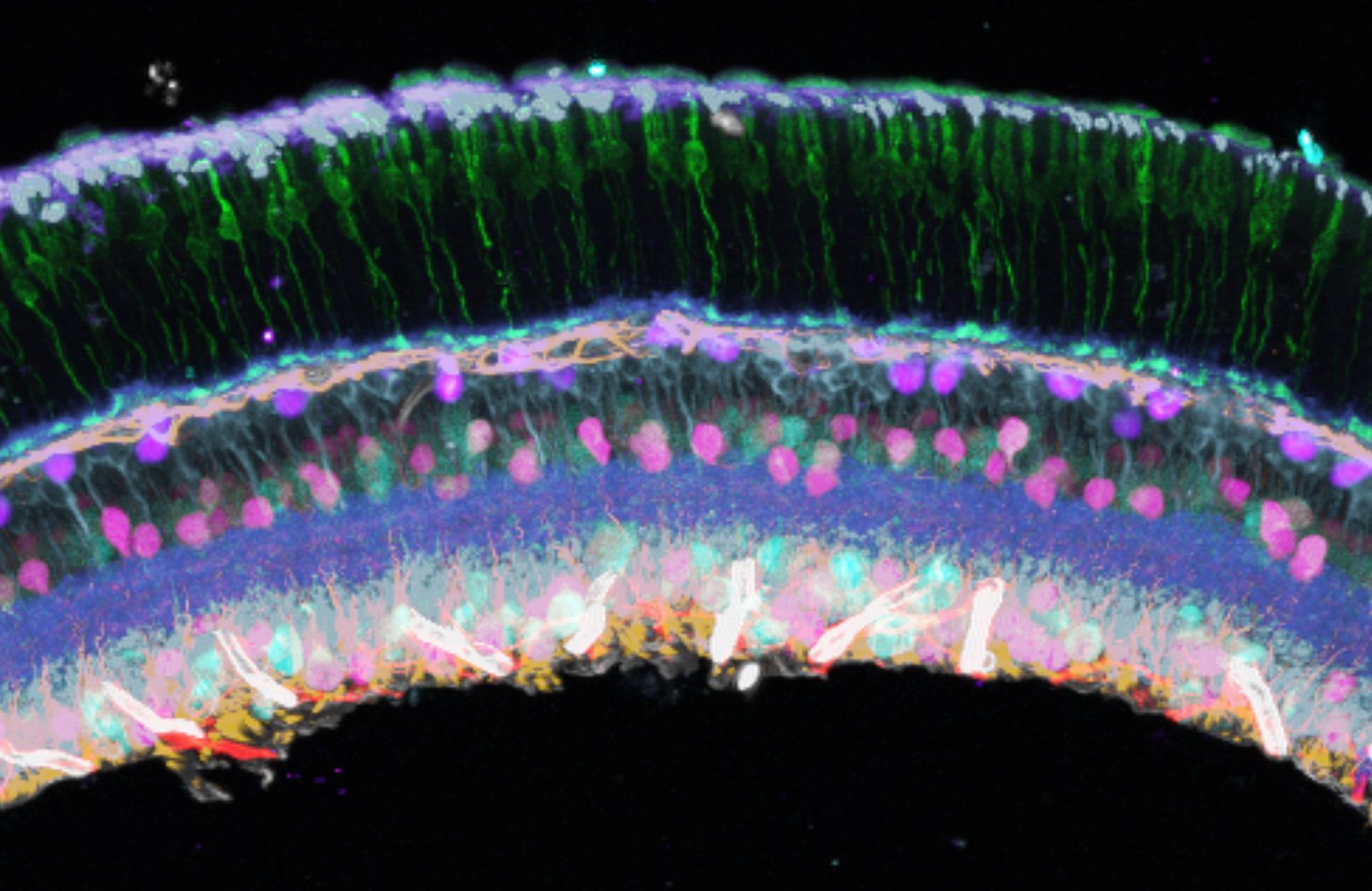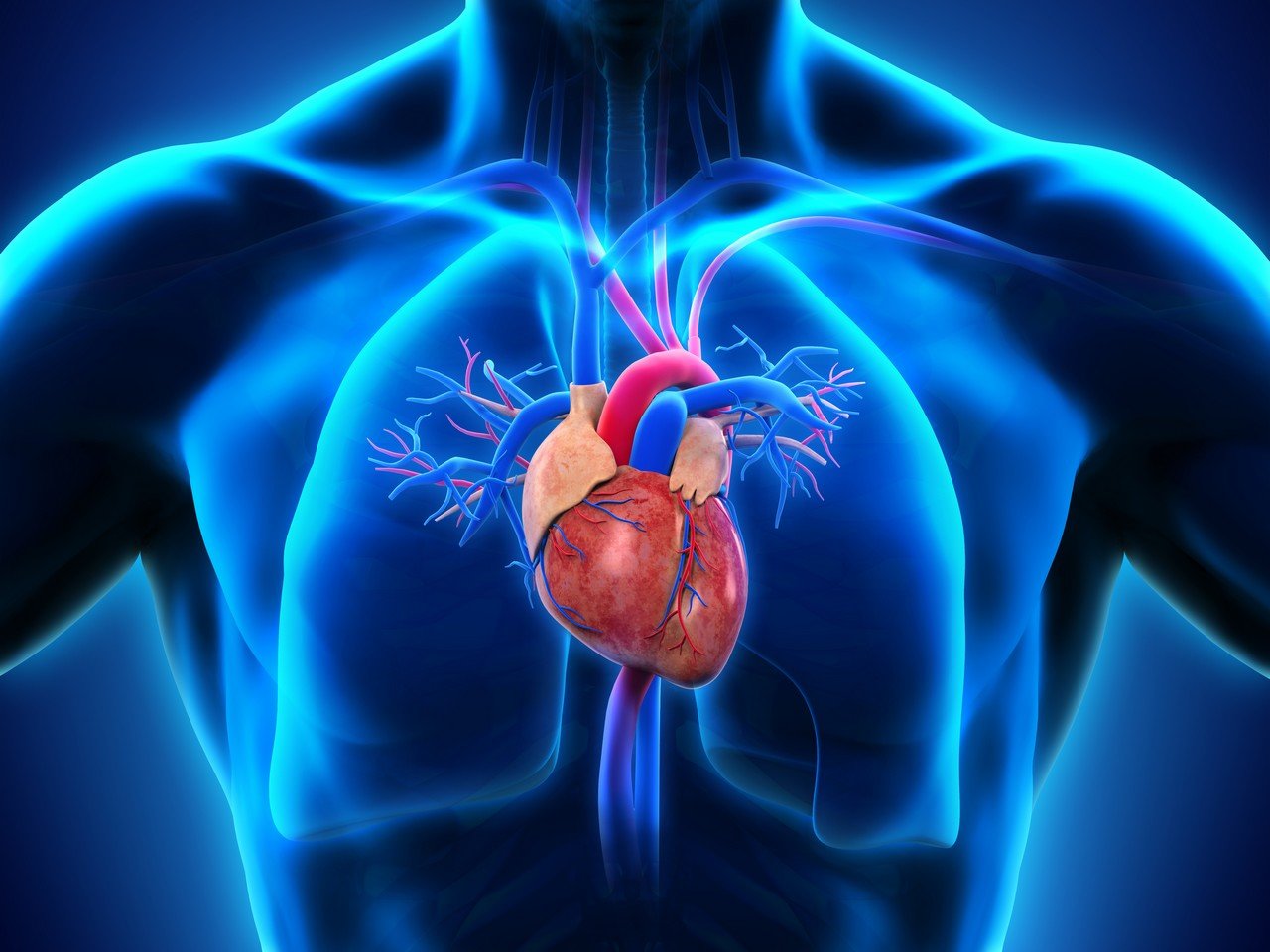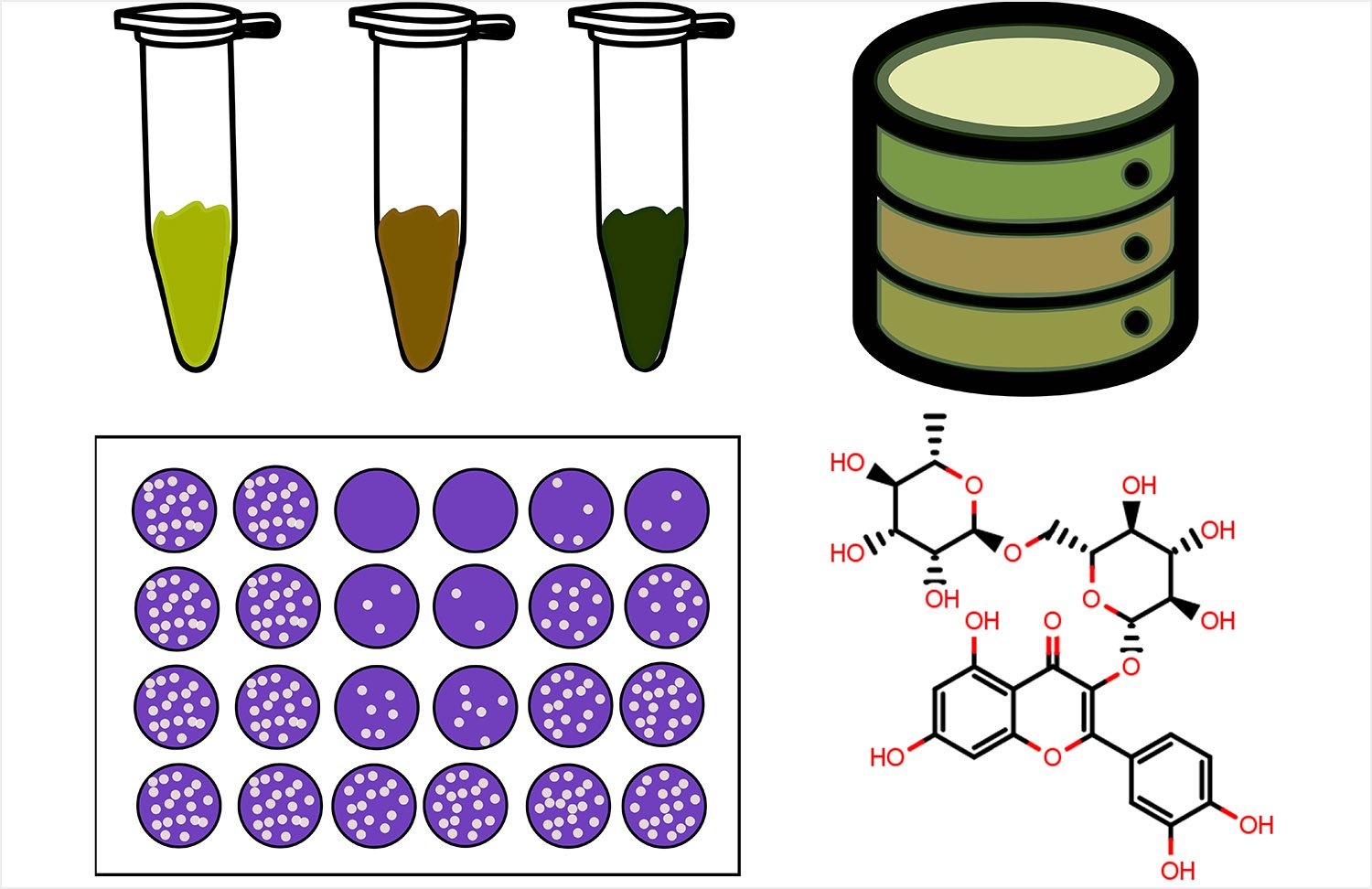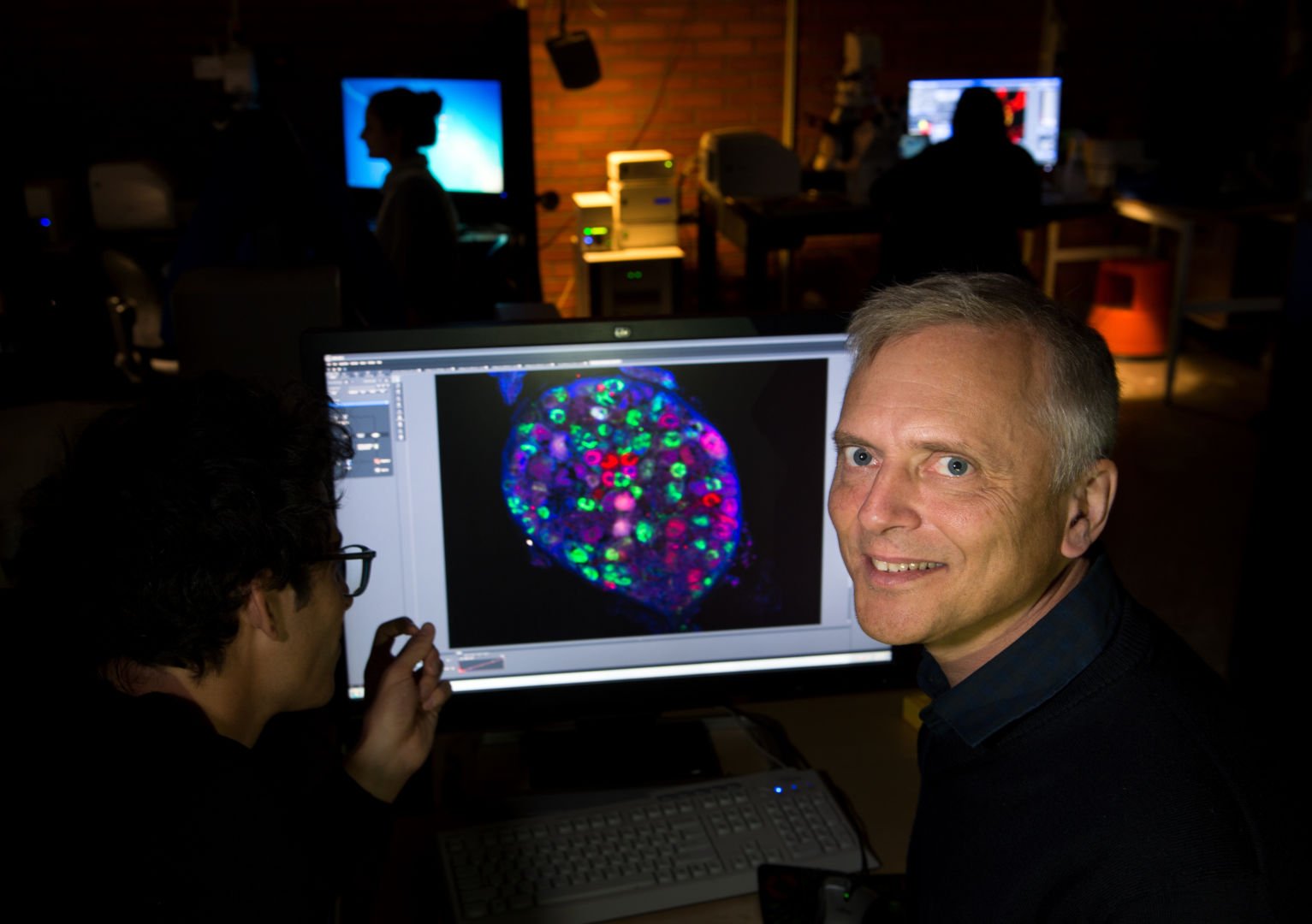Highest-resolution human brain ‘parts list’ to date lays road map to better treatments
A new study from the Allen Institute for Brain Science has written the most detailed “parts list” of the human brain to date. This categorization of our brain cell types lays the groundwork to improve our understanding of our own brains and to dramatically change how we treat human brain diseases and disorders. The study, … Read more
